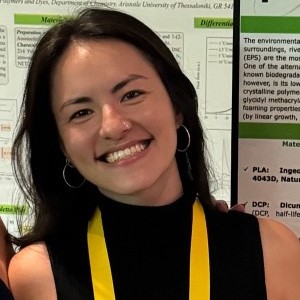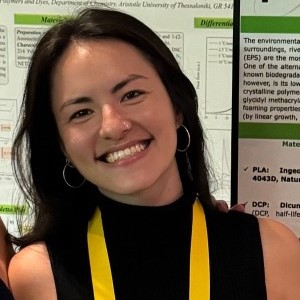Optimization of PLA foams produced by supercritical method
Thesis defense - Ana Beatriz VALIM SUQUISAQUI - September 30, 2024 - Optimization of PLA foams produced by supercritical method: influence of chemical modification and CNC incorporation on the resulting cellular structures.




